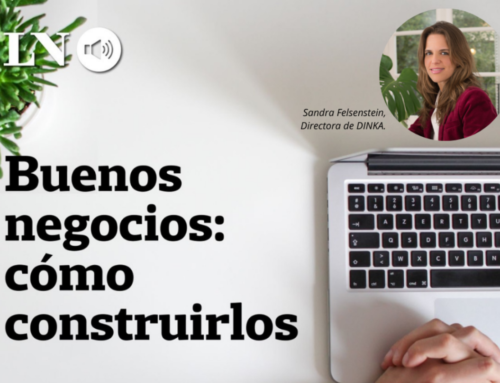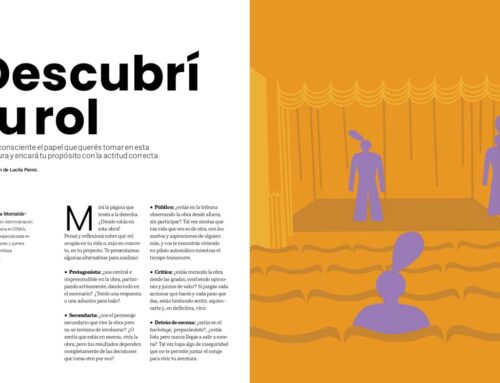What is the AGILE method and how can you use it in your business
We tell you everything about the system that allows you to try and correct on the fly, as you advance with your strategies.
In a dynamic and constant change, which moves at full speed, there is no time to be very perfectionists. We have to have the agility to go out to the sand and try as things evolve. For that, you have to friends with error, and understand that at all times we are learning. Today we tell you everything about the method that is a rage in organizations.
If that first version of what you do does not give you a little shame, it is because you went late. But what do we talk about? Of agility. A very fashion concept that basically refers to encourage us! To risk and learn along the way, as we travel the beautiful process of doing. This does not mean that we are improvised, quite the opposite: lA agility lies in progressive improvements as we learn. It would be like the "recalculating" of GPS.
What is agility?
Agile methods, as opposed to traditional methods, emphasize a rapid and flexible process. They are used a lot in business, to obtain what is called an MVP (minimum viable product) and thus start testing how it works in the market to “recalculating” and making improvements as we learn, traveling an iterative method. For example, if you have a hobby that you are passionate about and you are thinking of turning it into your venture, develop a good proposal, of course, well thought out and evaluated, but nOr you become so perfectionist. Throw yourself and you are going to perfect your product or service as you know your customer better.
This way of working can provide you with many advantages:
- A much more dynamic work methodology.
- Iterative processes that allow you constant learning.
- Make decisions repeatedly (not only at the beginning, as in traditional methods).
- Take failure as part of learning.
- Go anticipating the risks as you advance.
- Have deliverables soon.
- Achieve a good retrospective of improvement.
- Make a gradual investment (versus the traditional method, with which everything occurs at the beginning).
Let's look at an example: Suppose you love the kitchen and that you are good making cakes and desserts. You decide to launch your entrepreneurship. You start by doing a market study, evaluate your competition, develop the value proposition for your potential customers, calculate costs, prices, etc. The traditional method would propose that you spend a lot of time in detail each of these steps and that you develop all the cake options that you are going to offer for the next 3 to 5 years, that you evaluate all the risks that could arise and how to counteract them, etc. Instead, The agile method suggests that, after going through the aforementioned analyzes, you throw yourself into the market with a couple of recipes to test whether it is correct. See acceptance, make the necessary corrections and grow gradually, adding new recipes as the first releases are strengthening. The most important thing to be agile is to learn as you transit the process. Never lose your self -criticism, your ability to listen, to observe, to be open to changes. Remember that nothing is constant, everything is dynamic. There is no other way of being agile than accepting change as the only constant.
Business Model Canvas (BMC) also applied
This tool is very useful to analyze an idea or new project. Completing each of its quadrants, the BMC allows you to visualize the general idea and detect the areas of opportunity. The 9 quadrants to be completed are: 1. Value proposal. 2. Client segments. 3. Relationship with your customers. 4. Canals. 5. Key activities. 6. Key resources. 7. Key partners. 8. Costs. 9. Income.
And you? How do you see this method? How flexible SOS when moving with the speed of current changes?








